
In this article we are going to answer the question – How to green your electricity. Though electricity might seem like a “clean” form of energy, it isn’t—most electricity in the United States is generated by burning gas or coal, which is anything but an environmentally friendly process.
Greening your electricity use is among the most urgent and effective steps you can take to benefit the environment. You’ll also benefit your budget by slashing your monthly energy bills.
Table of Contents
Audit Your Electricity Use
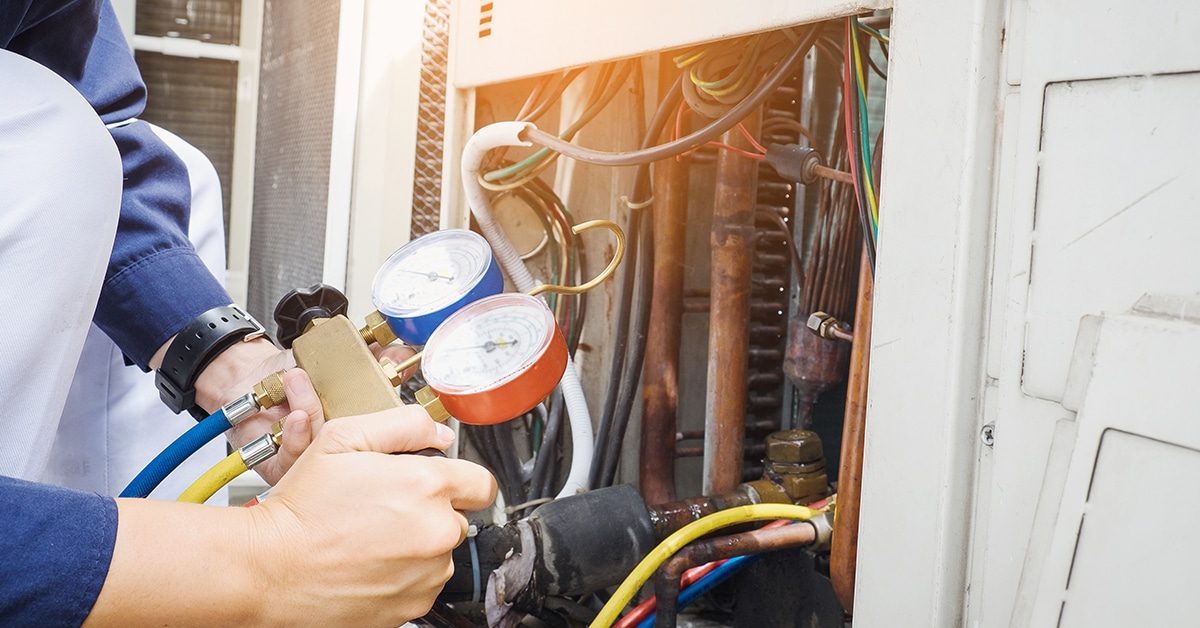
The best way to start making changes to your electricity use is to conduct an analysis of your energy use, a process known as an energy audit. To get an energy audit, you can:
- Hire a pro: To get an assessment of your electricity usage, contact your electricity provider. Most companies offer an energy-auditing service for free or for a small fee. If your provider doesn’t offer energy audits, they’ll most likely be able to refer you to a professional home energy rater in your area who can conduct an on-site audit of your electricity usage.
- Do it yourself: Gather your monthly electricity bills for the past 12 months. If you don’t have them all, ask your electricity provider for a copy of each bill—they’ll usually provide them for free or for a small fee. You can then input the information in your bill—including the kilowatt hours (kWh) of energy you used each month during the past year—into ENERGY STAR‘s online Home Energy Yardstick tool to compare your home’s energy efficiency with that of the national average. To access the Home Energy Yardstick, visit www.energystar.gov/index.cfm?c=home_energy_yardstick.index.
What Will Your Energy Audit Tell You?
Your energy audit will help you assess how your electricity usage compares to that of other homes of a similar size and age, and with the same number of residents. Based on that information, you’ll be able to set goals for cutting back the amount of electricity that you use annually.
For instance, if your audit determines that you use 3,000 kWh more electricity per year than comparable households, you should aim to cut back your electricity use by at least 3,000 kWh during the coming year.
Even if you already use fewer kWh of electricity than comparable households, you can still take steps to scale back your usage even more by following one or more of the recommendations below.
Buy Energy-Efficient Appliances
The energy efficiency of the major appliances in your home, such as your dishwasher, air conditioner, washer/dryer, and refrigerator, is perhaps the most important factor in determining how much electricity you use.
For example, by replacing a 20-year-old fridge with a current, energy-efficient model, you’ll reduce your CO2 emissions by one metric ton per year and save about $65 per year on your energy bill.
How to Buy Energy-Efficient Appliances
Aim to replace any appliances in your home that are more than 10 years old or that have low energy efficiency ratings.
If you’re unsure of the age or efficiency of any of your appliances, contact the manufacturer with the serial number of each appliance to inquire about its age and energy efficiency rating and then compare its rating to that of more current models.
When shopping for new appliances, buy only those with an ENERGY STAR label, which indicates that the product complies with energy efficiency standards set by the U.S. Department of Energy and the Environmental Protection Agency (EPA). Also pay close attention to the product’s EnergyGuide label, which compares the product’s estimated annual energy consumption to that of similar models.
Adjust Fridge and Freezer Usage
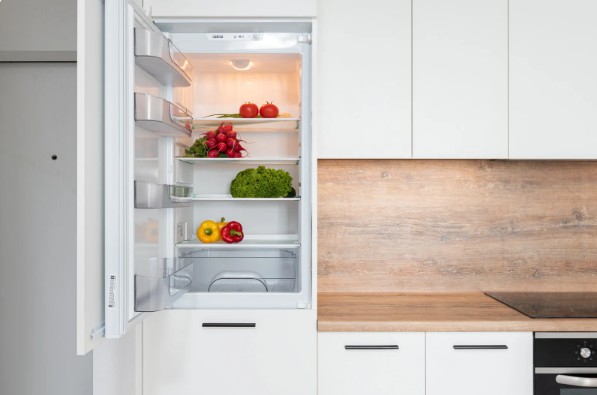
Your refrigerator and freezer account for about 20% of the electricity you use each month. Though you can’t turn off the fridge and freezer altogether, you can take steps to make sure they’re as energy-efficient as possible:
- Try a lower temperature setting: Most fridges and freezers have a temperature setting that ranges from 1–10. Turning the temperature setting down a couple notches, such as from 10 to 8, shouldn’t have any noticeable impact on your food’s freshness.
- Keep your refrigerator and freezer stocked: Cooling an empty fridge or freezer actually requires more energy than cooling a full one.
- Check the insulation around the doors: If cool air is escaping, replace the insulation.
Most refrigerators and freezers manufactured during the past 10 years have an energy-saver feature that automatically adjusts the internal temperature to maximize efficiency and food preservation. Check to see whether your fridge has an energy-saver feature, and if so, make sure it’s on.
Green Your Lighting

The type of lighting that you use to illuminate your living space, as well as how often you have the lights on, affects your electricity usage.
Use Compact Fluorescents Instead of Incandescents
Conventional light bulbs, called incandescent bulbs, use only 5% of their energy to provide light—the other 95% is wasted as heat. A recently developed bulb called the compact fluorescent bulb (CFL) uses about one-quarter of the energy that a standard bulb uses and lasts about 13 times as long.
In addition to working longer and more efficiently than standard incandescents, CFLs emit less heat, which can save you cooling costs in the summer. According to the U.S. Department of Energy, if every American household replaced just one conventional light bulb with a CFL, the country would conserve enough energy to light 3 million homes for a year.
The Truth About CFLs’ Cost and Dimming Capabilities
Though CFLs cost a few dollars more up front than incandescent bulbs (about $5–10 each vs. $2–3 each for incandescents), over the life of a single CFL, you’ll get about $35–50 in energy and bulb-related savings.
Many standard CFLs can be used in sockets outfitted with dimmers, though you’ll get the best performance and the longest bulb life by purchasing a CFL especially designed for dimming, such as the GE Energy Smart™ dimmable CFL bulb.
Consider LED Bulbs
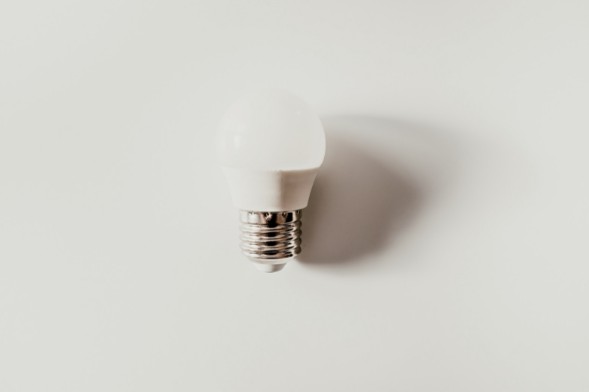
A new kind of light bulb that uses light-emitting diode (LED) technology is now available. These bulbs are even more energy-efficient than CFLs and last 10 times as long. Though they’re 2–3 times more expensive than CFLs (about $20–30 each), they should come down in price quickly over the next few years.
Turn Off Your Lights Whenever Possible
The average American household could save 5–10% on its monthly energy bill by turning off unnecessary lights. When you leave a room, make sure to shut off the lights. If you’re concerned that it might not be energy-efficient to turn lights on and off for short periods of time, abide by the guidelines in the following table.
|
Bulb Type
|
Turn Off If Leaving For . . .
|
|
|
Standard incandescent
|
A few seconds or more
|
|
|
Compact fluorescent
|
Three minutes or more
|
Use Motion Sensors, Timers, and Dimmers
Devices that turn off the lights for you, such as motion sensors and timers, help minimize light waste. Dimmers allow you to regulate the brightness of your lights and control how much power they consume.
Use Solar Chargers
In addition to improving the energy efficiency of the major appliances in your home, you can also reduce the amount of electricity that you use to power small electronic devices.
If you use an outlet to charge devices such as cell phones, MP3 players, and rechargeable batteries, consider using a solar charger instead.
This device converts natural light into electrical current that you can use to charge all of your portable electronic devices.
All you need to make the charger work effectively is a strong source of sunlight, such as a south-facing window. Solar chargers are available at most hardware stores and online and typically cost $30–100.
Unplug Electronics When Not in Use
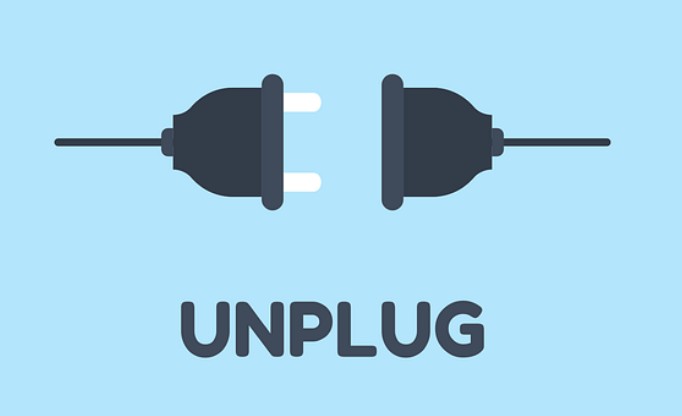
Most electronic devices, such as DVD players and cable boxes, continue to drain power as long as they’re plugged in—even when they’re turned off.
You can save energy and reduce your electric bill by unplugging any electronic device when it’s not in use. A quick and easy way to unplug multiple items at once is to use power strips or surge protectors.
At night, or whenever you’re not using the electronics connected to the strip, flip the switch and shut down all of the devices.
Choose an Alternative Source of Electricity
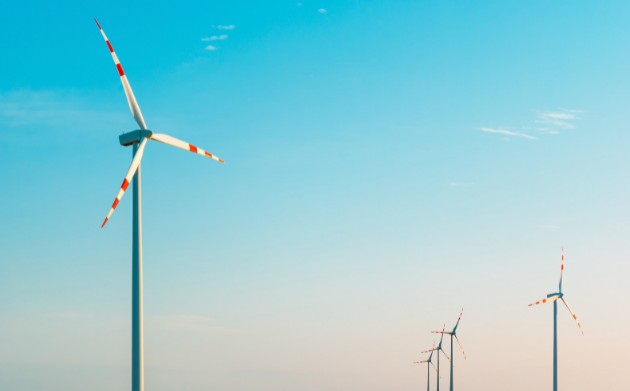
Check with your energy provider to see whether they offer a renewable energy plan—wind, solar, geothermal, or other alternative energy sources may be available in your area.
Usually you’ll need to pay a small fee per month to opt in to a renewable energy plan, but you won’t need to install a wind turbine, solar panels, or any other equipment in your home—the power company will simply sell you energy that it generates from renewable sources.
Purchasing green energy in this way won’t save you money but will reduce the amount of CO2 generated by your energy use. It will also make a statement to your energy provider that you value energy alternatives.
Buy Renewable Energy Credits
A growing number of organizations are now selling renewable energy credits (RECs), also known as green tags or renewable energy certificates, to counterbalance energy consumption. The program typically works like this:
- You visit the website of a certified organization that offers RECs. For a list of certified providers, see the U.S. Department of Energy’s REC page at www.eere.energy.gov/greenpower/markets/certificates.shtml?page=1.
- You provide information regarding various aspects of your home and the amount of energy that your household uses annually. You’ll need a few recent utility bills to be able to provide this information.
- You buy enough RECs to offset that amount of energy. The cost varies by provider but is typically priced per kWh. Expect to pay $0.02–0.05 per kWh that you consume annually. For example, if you use 12,000 kWh per year (roughly the national average), you’d need to spend about $420 on RECs each year.
- The provider uses your money to invest in clean energy programs or other related green projects.

